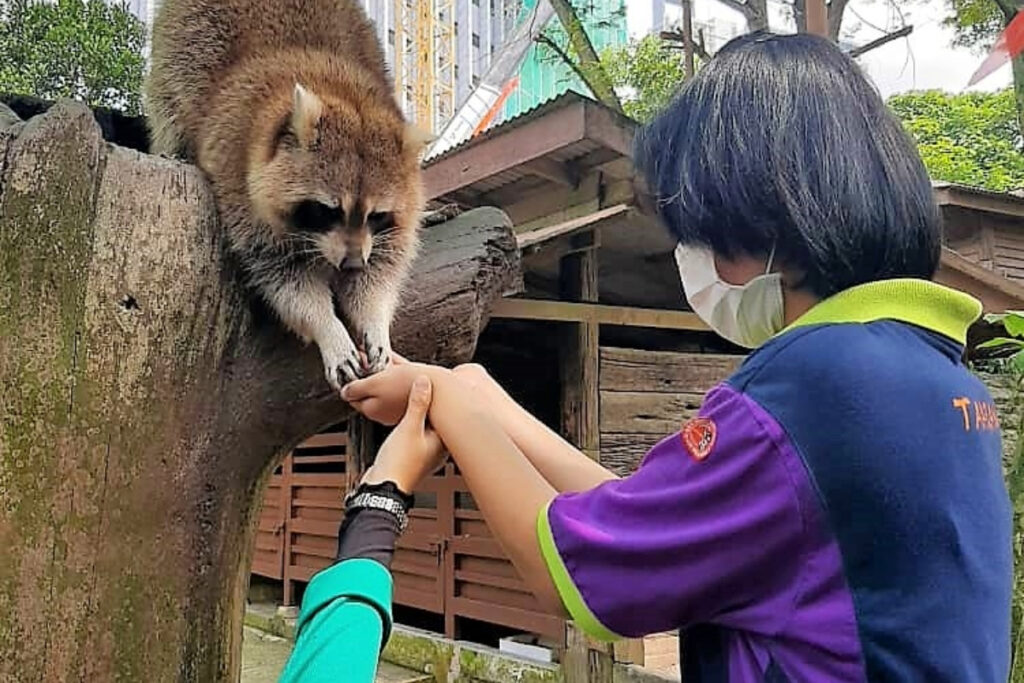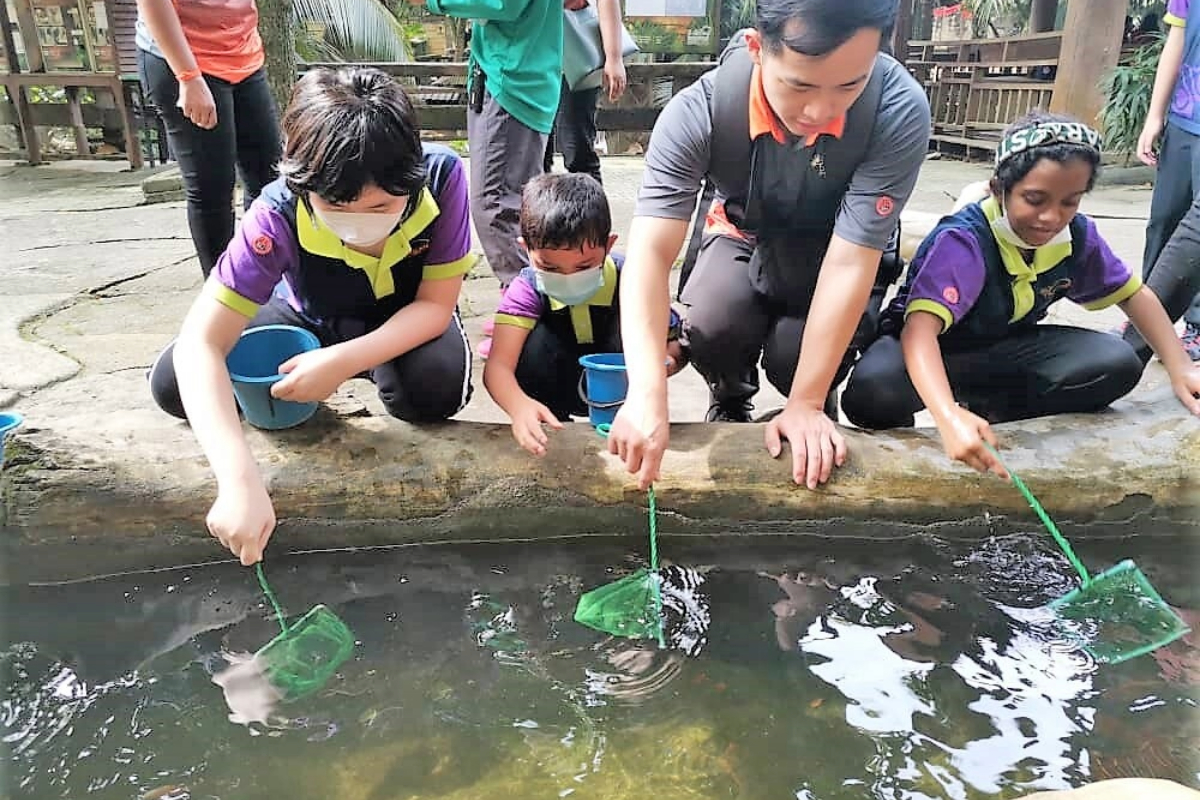The Benefits of Animal-Assisted Therapy for Neurodivergent Students
Animal-assisted therapy can create an engaging, compassionate, and supportive space for students.
Animal-assisted therapy is an increasingly popular approach in special education that involves integrating animals into therapeutic practices. For neurodivergent students, animals can offer a unique form of support that boosts emotional well-being, enhances communication, and fosters social skills.
By creating a calming and engaging environment, animals help students build stronger connections with their peers, educators, and themselves.
1. Promotes Emotional Regulation
Animals have a calming effect on individuals, especially those experiencing emotional dysregulation. For neurodivergent students, interactions with animals such as therapy dogs or rabbits can lower stress levels and help manage anxiety. Petting or playing with an animal offers an immediate sensory calming experience, which can create a peaceful environment for learning and emotional growth.
2. Encourages Social Interaction
Animals often act as social facilitators in group settings. Neurodivergent students who may struggle with social cues can find it easier to interact when an animal is involved. For example, taking turns petting a dog or sharing a task like feeding or walking an animal can encourage peer interaction, turn-taking, and teamwork. These experiences allow students to practice essential social skills in a non-threatening, supportive context.
3. Builds Communications Skills
For non-verbal students with limited communication skills, interacting with animals can encourage new forms of expression. Whether through body language, gestures, or vocalizations, students may feel more confident expressing themselves when interacting with animals. Therapy animals can also help encourage verbal communication, as students may be more motivated to talk to or direct their animal companions.

4. Enhances Empathy and Responsibility
Caring for an animal teaches responsibility, a skill that many neurodivergent students may find challenging. They learn how to follow routines, such as feeding or grooming an animal, and the consequences of their actions. Additionally, taking care of an animal encourages empathy and compassion, helping students connect with others’ feelings and needs.
5. Improves Focus and Engagement
Animal-assisted therapy can be a highly motivating activity, especially for students who struggle to engage with traditional learning methods. Animals provide a novel and engaging presence in the classroom, which can help redirect attention, improve focus, and break up monotony during lessons. The anticipation of interacting with an animal can also boost a student’s engagement and enthusiasm for learning activities.
How to Implement Animal-Assisted Therapy
- Introduce a Therapy Animal: Work with a certified therapy animal handler to bring an animal into the classroom or therapy room.
- Structured Activities: Design specific activities involving animals, such as animal care routines, games, or relaxation sessions.
- Monitor Student Reactions: Carefully observe how students respond to the animals and adjust the activities accordingly to ensure comfort and safety.
- Incorporate into Educational Goals: Use the animal-assisted therapy sessions to complement other learning goals, such as enhancing social skills, emotional regulation, and communication.

Animal-assisted therapy is an innovative approach that enhances the educational experience for neurodivergent students. Whether it’s fostering emotional regulation, encouraging social interactions, or providing opportunities for communication, therapy animals offer a unique way to support these students.
As educators and caregivers, integrating animal-assisted therapy into the learning environment can create a more engaging, compassionate, and supportive space for all students.

